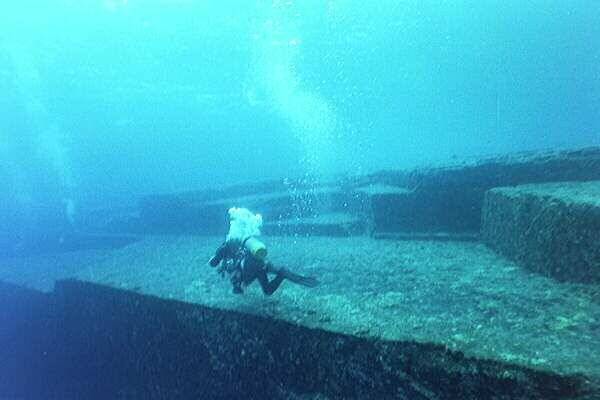Ah, Dom Pedro, more fine work!
-- BTW, just to make bamboo devotees of you all, I indeed suggest "dashing" over to the Graphics forum ...
-Oz, temporarily AKA "Big Bamboo" (trivia, um, "cultural" reference, anyone? )
)
-- BTW, just to make bamboo devotees of you all, I indeed suggest "dashing" over to the Graphics forum ...

-Oz, temporarily AKA "Big Bamboo" (trivia, um, "cultural" reference, anyone?
 )
)






